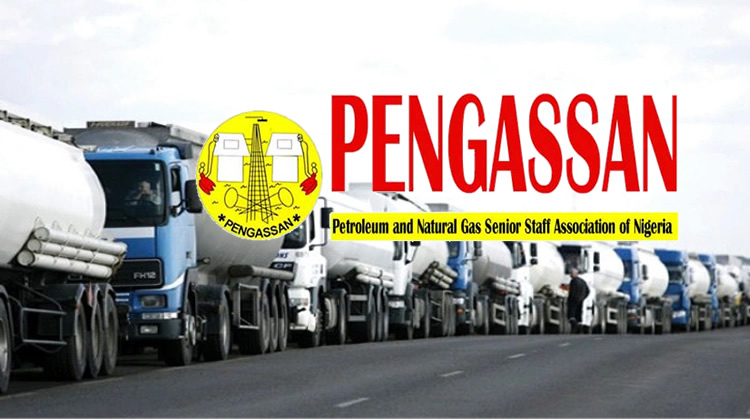By Ehsan ul-Haq
Nigeria’s mega-refinery is traversing the world in search of crude for the majority of its needs and may well export large swathes of its products
Nigeria’s 650,000b/d Dangote refinery, like any other major refinery complex, must maximise margins by balancing its product mix, supply chain and crude sourcing, despite logistical and regulatory constraints.
Nigeria is Africa’s top oil producer. However, much of its domestic output is already committed due to long-term agreements and forward selling. As a result, the refinery must rely on imports for more than half of its requirements. With the government-owned Nigerian National Petroleum Company (NNPC) controlling most supply in the country, Dangote must navigate a complex web of contracts and global markets to meet its massive feedstock demands.
The decision about crude and condensate feedstock of a refinery depends on its configuration. Dangote possesses a very large single crude unit. Its secondary units include a residual fluid catalytic cracking (RFCC) unit, a hydrocracking facility and a delayed coking unit. Its treatment and upgrading facilities consist of hydrodesulphurisation units, an alkylation unit and an isomerisation unit. It will also have a polypropylene and an olefins plant.
Dangote will be a gasoline-producing machine like many US Gulf refineries
In addition, a sulphur recovery unit, sour water strippers and an effluent treatment plant are also parts of the refinery. It is obvious from this configuration and different statements from management that Dangote will be a gasoline-producing machine like many US Gulf refineries. It will be producing around 300,000–350,000b/d of gasoline, 100,000–170,000b/d of diesel and 50,000–75,000b/d of jet fuel in addition to other refined products.

To produce refined products in line with its design, Dangote will need predominantly naphtha and gasoline-rich crudes, although such a big and complex refinery can process any crude depending on the economics. The refinery was designed to meet domestic demand and to export the surplus. Nigerians consume more gasoline than diesel/gasoil due to a reliance on traditional motor vehicles. Until recently, NNPC has been importing gasoline and diesel to meet domestic demand.
While most of the gasoline production from the refinery is likely to remain in Nigeria, diesel and jet could be delivered to Europe and the US. The latter has already shown interest in Dangote’s aviation fuel, while European, Middle Eastern and some African airports have started purchasing jet from the refinery. Saudi Arabia has reportedly imported jet fuel from the refinery recently. Diesel exports are also heading to European and African destinations. Most of its fuel oil is likely to end up in Asia.
Imports needed
While the refinery was supposed to source at least half of its crude needs from Nigeria, it was not able to get as much oil from NNPC and other domestic producers as requested. NNPC has been selling some of its crude based on forward contracts, as the country receives more than 90% of its foreign exchange from selling oil. Dangote and NNPC signed a deal to provide oil in October last year that expired in March. This agreement is reported to have led to 48m bl of oil supply to the refinery. Both parties are negotiating the extension of the deal now.
Still, Dangote must import crude to meet demand. It is expanding the refinery’s storage capacity from the current 2.4b l (15.1m bl) to 3.4 b l (21.4m bl) to facilitate these imports. In addition, the refinery is attached to two quays (1km each) to handle very large crude carriers. The naphtha-rich WTI from the US has become a baseload crude for the Dangote refinery: it has also reportedly imported another gasoline-rich Algerian Saharan Blend. In addition, there have been reports of it buying Brazil’s Tupi and Angola’s Pazflor.

Although Dangote can process almost every crude, which is economically viable due to its complexity, it will still prefer naphtha-rich crudes and condensates, as it has been built to maximise gasoline and petrochemicals production. Domestic crudes best suited for Dangote include Agbami, Akpo and, to a lesser extent, Bonny Light. Angola’s Nemba could also be a good choice. Other West African crudes, which cater well to the Dangote refinery’s average crude slate, include Ghana’s Jubilee, Gabon’s Rabi Light and Congo-Brazzaville’s Djeno.
Among its recent crude imports, Brazil’s Tupi is also naphtha- and gasoil-rich, while Angola’s Pazflor is acidic and fuel-oil–rich. As long as refineries do not reach their full capacity and some secondary units are not working, they produce more straight-run products such as naphtha and residual fuel than gasoline and diesel. In its initial operational stage, Dangote has bought Pazflor, which sells at a discount to other key West African grades. However, it is doubtful the refinery will continue to buy the Angolan grade in the future.
From the Mediterranean, Kazakh CPC Blend and Algeria’s Saharan Blend are well-suited for a refinery such as Dangote. In the North Sea, Ekofisk, Forties and Oseberg are naphtha-rich and could find their way to West Africa depending on the economics. Troll, a gasoil-rich crude, on the other hand, is unlikely to leave the region and might also be too expensive.
In the long term, Dangote’s crude slate will adjust to shifting global and regional demand. The refinery, located in the Lekki free trade zone, enjoys significant cost advantages, but its sourcing plan will be a product of global oil prices, NNPC negotiation and shipping economics. Thanks to its scale and sophistication, the refinery can enjoy economies of scale, secure favourable supply deals and even influence crude trade flows. Beyond refining, its operations could become a major driver of Nigeria’s GDP growth, transforming the country from a fuel importer into a refining powerhouse.
Source: Petroleum Economist








